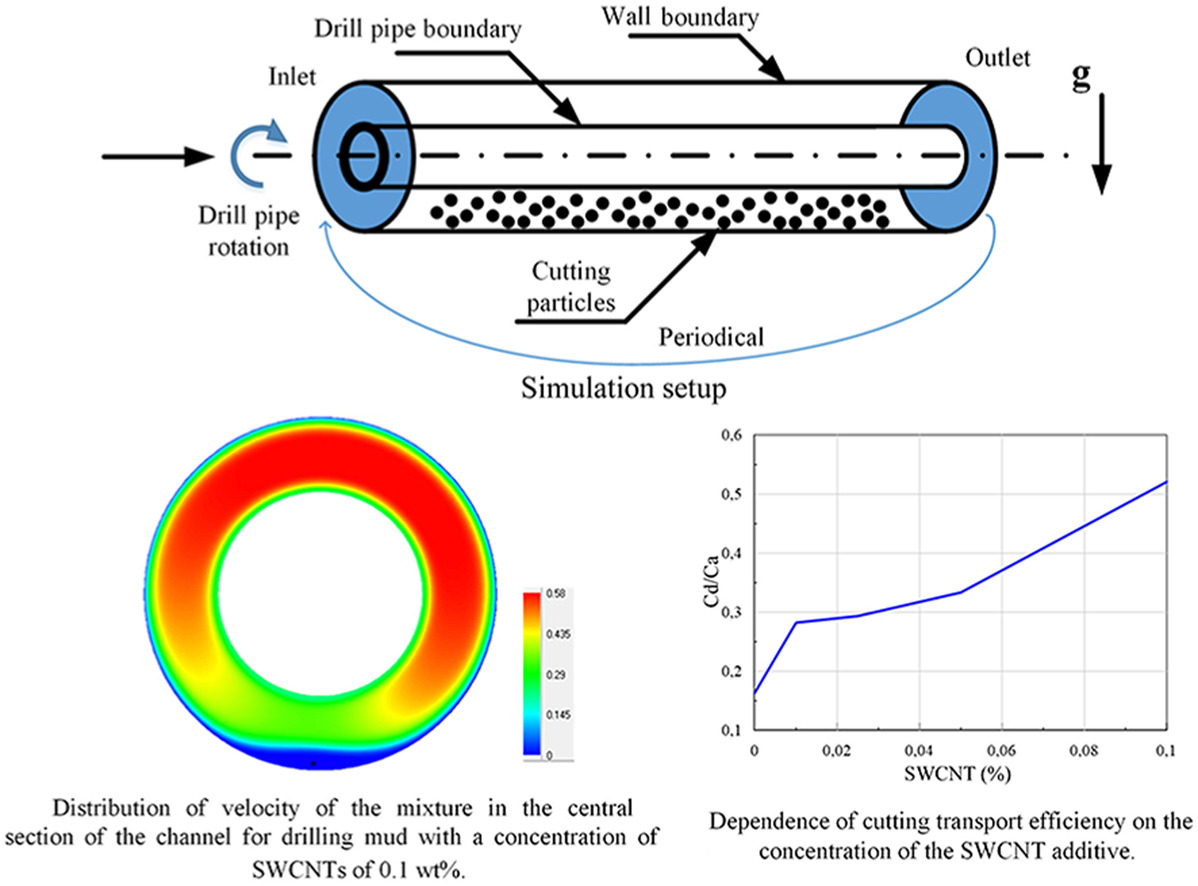- Volumes 96-107 (2025)
-
Volumes 84-95 (2024)
-
Volume 95
Pages 1-392 (December 2024)
-
Volume 94
Pages 1-400 (November 2024)
-
Volume 93
Pages 1-376 (October 2024)
-
Volume 92
Pages 1-316 (September 2024)
-
Volume 91
Pages 1-378 (August 2024)
-
Volume 90
Pages 1-580 (July 2024)
-
Volume 89
Pages 1-278 (June 2024)
-
Volume 88
Pages 1-350 (May 2024)
-
Volume 87
Pages 1-338 (April 2024)
-
Volume 86
Pages 1-312 (March 2024)
-
Volume 85
Pages 1-334 (February 2024)
-
Volume 84
Pages 1-308 (January 2024)
-
Volume 95
-
Volumes 72-83 (2023)
-
Volume 83
Pages 1-258 (December 2023)
-
Volume 82
Pages 1-204 (November 2023)
-
Volume 81
Pages 1-188 (October 2023)
-
Volume 80
Pages 1-202 (September 2023)
-
Volume 79
Pages 1-172 (August 2023)
-
Volume 78
Pages 1-146 (July 2023)
-
Volume 77
Pages 1-152 (June 2023)
-
Volume 76
Pages 1-176 (May 2023)
-
Volume 75
Pages 1-228 (April 2023)
-
Volume 74
Pages 1-200 (March 2023)
-
Volume 73
Pages 1-138 (February 2023)
-
Volume 72
Pages 1-144 (January 2023)
-
Volume 83
-
Volumes 60-71 (2022)
-
Volume 71
Pages 1-108 (December 2022)
-
Volume 70
Pages 1-106 (November 2022)
-
Volume 69
Pages 1-122 (October 2022)
-
Volume 68
Pages 1-124 (September 2022)
-
Volume 67
Pages 1-102 (August 2022)
-
Volume 66
Pages 1-112 (July 2022)
-
Volume 65
Pages 1-138 (June 2022)
-
Volume 64
Pages 1-186 (May 2022)
-
Volume 63
Pages 1-124 (April 2022)
-
Volume 62
Pages 1-104 (March 2022)
-
Volume 61
Pages 1-120 (February 2022)
-
Volume 60
Pages 1-124 (January 2022)
-
Volume 71
- Volumes 54-59 (2021)
- Volumes 48-53 (2020)
- Volumes 42-47 (2019)
- Volumes 36-41 (2018)
- Volumes 30-35 (2017)
- Volumes 24-29 (2016)
- Volumes 18-23 (2015)
- Volumes 12-17 (2014)
- Volume 11 (2013)
- Volume 10 (2012)
- Volume 9 (2011)
- Volume 8 (2010)
- Volume 7 (2009)
- Volume 6 (2008)
- Volume 5 (2007)
- Volume 4 (2006)
- Volume 3 (2005)
- Volume 2 (2004)
- Volume 1 (2003)
• Experimental investigation of rheology of drilling muds containing single-walled carbon nanotubes (SWCNT) was conducted.
• Influence of SWCNT additives on cuttings transport performance and pressure loss in boreholes was studied.
• Influence of numerous factors on efficiency of particle transport in modified drilling fluids was investigated.
• Efficiency of cuttings transport increases significantly with increasing additive concentration.
A systematic numerical investigation of slurry transport by drilling fluids modified with single-walled carbon nanotube (SWCNT) additives under laminar flow conditions of the suspension has been conducted. Across wide-ranging parameter variations corresponding to real wells and drilling modes, the effects of the mass flow rate of the drilling fluid, particle size of the slurry, ratio of inner to outer pipe diameters, eccentricity, rotational speed of the inner pipe, and well inclination angle on the efficiency of slurry particle transport by the modified fluids were examined. The influence of the additives on the concentration distribution of slurry particles and the velocity of the mixture in the annular channel, simulating the well, was studied. Mechanisms of the nanotubes' influence on slurry particle transport were identified. It was demonstrated that for all considered cases, the efficiency of particle transport by drilling fluids modified with nanotubes significantly increases with increasing additive concentration. The greatest effectiveness for improving wellbore cleaning was exhibited by a drilling fluid with an SWCNT concentration of 0.1 wt%. For this fluid, the ability to transport slurry increased by a factor of 3.4, while the pressure drop increased only by a factor of 1.8 compared to the baseline fluid. Furthermore, the addition of nanotubes was found to be most effective for horizontal wells with concentric pipe placement, at low rotational speeds of the drill pipe, and at high mass flow rates of the drilling fluid.

